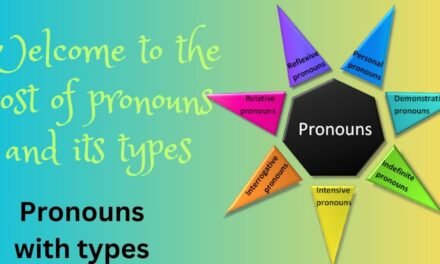The noun
You know that living beings are of either the male or the female sex. Now compare
the words in the following pairs:
Boy (Lion, Hero, Cock-sparrow)
Girl (Lioness, Heroine, Hen-sparrow)
What do you notice?
The first word of each pair is the name of a male animal.
The second word of each pair is the name of a female animal.
A noun that denotes a male animal is said to be of the Masculine Gender. [Gender comes from Latin genus, kind or sort.]
A noun that denotes a female animal is said to be of the Feminine Gender.
A noun that denotes either a male or a female is said to be of the Common Gender; Parent, child, friend, pupil, servant, thief, relation, enemy, cousin, person, orphan, student, baby, monarch, neighbor, infant.
A noun that denotes a thing that is neither male nor female (i.e., a thing without life) is said to be of the Neuter Gender; such as a book, pen, room, or tree.
Objects without life are often personified, that is, spoken of as if they were living
beings. We then regard them as males or females.
The Masculine Gender is often applied to objects remarkable for strength and violence; such as, The Sun, Summer, Winter, Time, Death,
The sun sheds its beams on rich and poor alike.
The Feminine Gender is sometimes applied to objects remarkable for beauty, gentleness, and gracefulness;
For example: The Moon, the Earth, Spring, Autumn, Nature, Liberty, Justice, Mercy, Peace, Hope, and Charity.
The moon has hidden her face behind a cloud.
Spring has spread her mantle of green over the earth.
Peace hath her victories no less renowned than war.
This use is most common in poetry but certain nouns are personified in nrose too. A shin is often spoken of as she;
eg: The ship lost her boats in the storm.








Regards for helping out, excellent information.